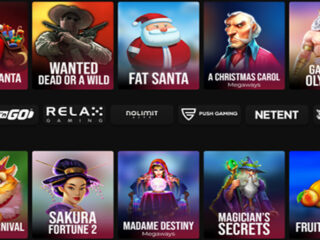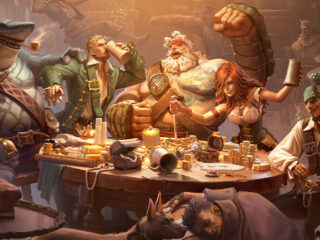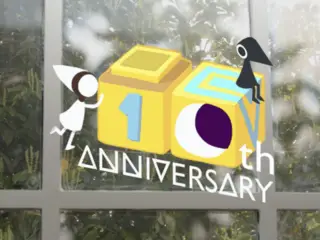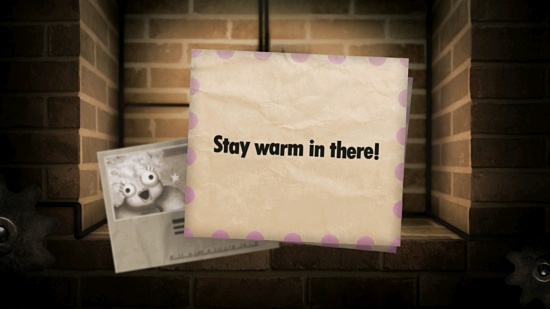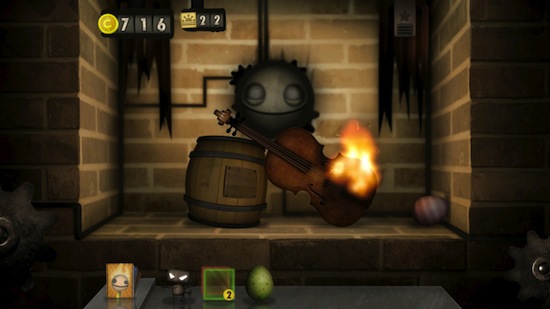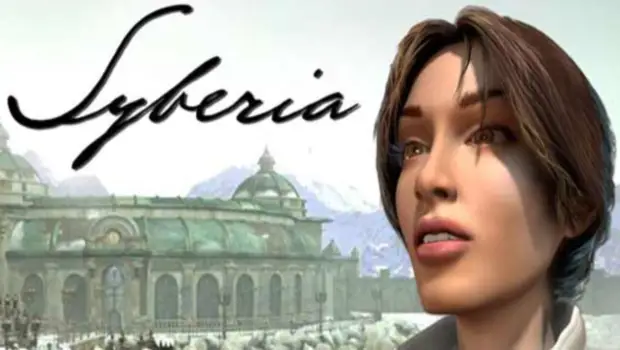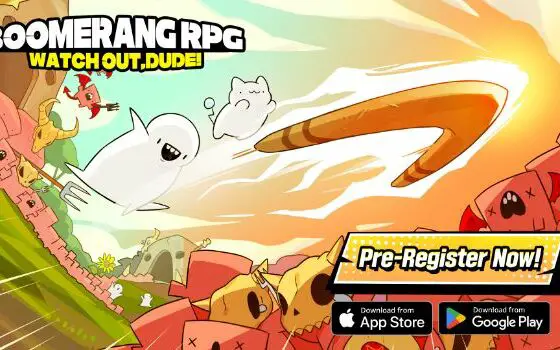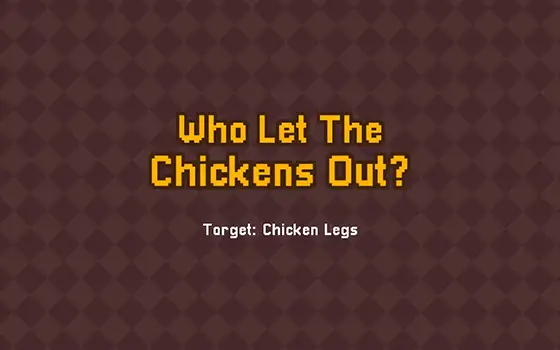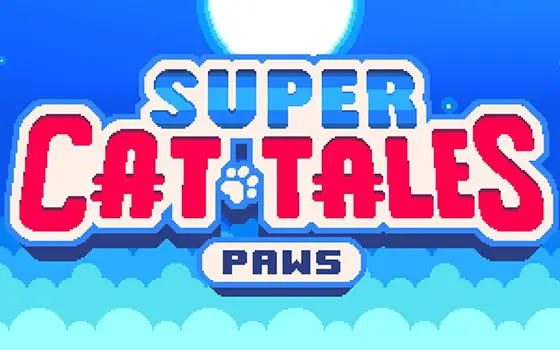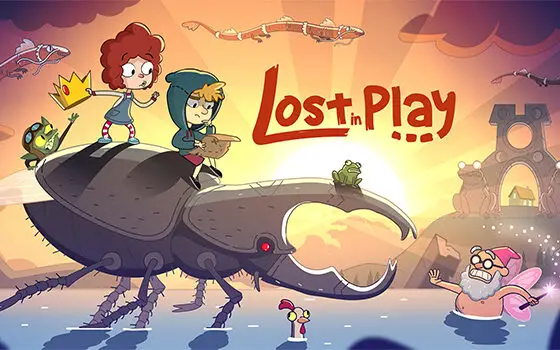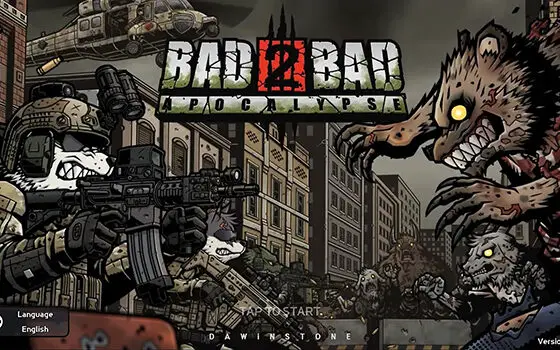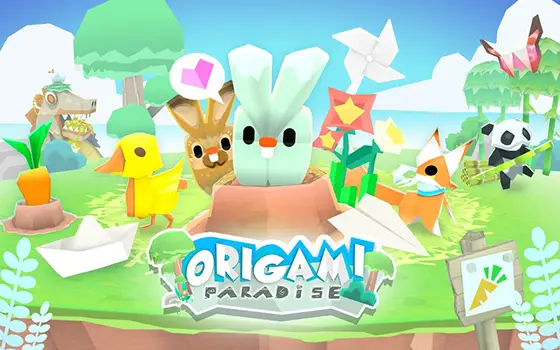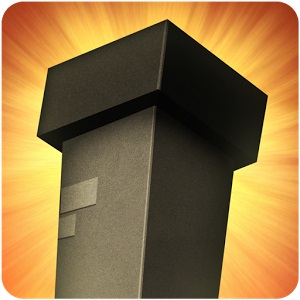 Little Inferno is a hard game to review, because you don’t play it so much as experience it. The gameplay is completely straightforward: you buy things, you burn them, and you buy some more. There’s no subterfuge or elaborate puzzles to solve. Your only job is to set stuff on fire and ruminate.
Little Inferno is a hard game to review, because you don’t play it so much as experience it. The gameplay is completely straightforward: you buy things, you burn them, and you buy some more. There’s no subterfuge or elaborate puzzles to solve. Your only job is to set stuff on fire and ruminate.
Of course, there’s no denying that fire setting is one of the more accessible forms of fun. I remember when I first learned the word “pyromaniac” as a child, and immediately began to wonder if I was one (it was the same with “hypochondriac,” “kleptomaniac,” and “egomaniac”). In true Calvinist form, I realized that only by trying it out would I be able to tell for sure. I timidly burned some napkins and scraps of paper, thrilled at the thought of uncontrollable escalation, but it soon became clear that I would burn nothing more extraordinary than shopping receipts. Little Inferno finally gave me the chance to redeem myself. It’s a game that holds up a match to the inner pyro in us all, then invites us to hold that match under the nearest flammable object.
Bubble bath, beetles, and nuclear bombs are just a few flammable examples. All available items are listed in a catalogue and delivered directly to your home. Each item has a helpful description—for the Jar of Fireflies: “You won’t want to open it in the morning.” For the book of Creation Science: “Nonbelievers were pushed off the edge of the world.”
When you burn certain combinations of items, it earns you stamps. Normally you have to wait a little while before your orders come in, and this can vary from a few seconds to several minutes for more deluxe items. Fortunately, paying stamps will ensure that your order arrives in no time. Figuring out combos isn’t all that difficult, but it’s interesting that the only reward you receive is instant gratification. In a similar vein, the only way to get money is to burn things, and the amount of money you earn is always worth more than the thing itself. Little Inferno creates an environment where you can be the perfect consumer.
This doesn’t happen right away. When your next-door neighbor mails you a picture of herself, you hold onto it for a little while—the kid is awfully adorable, and hey, maybe you’ll need it to make a combo down the road. But room in your inventory is limited, and you’ve got a lot of packages coming in. The photo’s got to go. When it’s done burning, it spits out a coin or two, meager spoils. This reassures you that the photo wasn’t ever really valuable to begin with. Now you can finally order the Super Juicer 4000.
Almost all the objects you buy start out dormant. It’s only by burning them that you bring them to life. They might sing or hatch spiders or spew out multicolor rockets. Some might start to scream in terror. At this point, you may begin to wonder if what you’re doing is wrong, but you look in the fireplace and you realize you’ve never seen anything more beautiful. You’re so warm.
Early on in the game you get a message from the Weatherman saying that it’s cold outside, and it’s been that way for a very long time. I rolled my eyes and thought, “Here we go, a preachy environmentalist game hiding behind a Tim Burton aesthetic.” But I was wrong to have been so skeptical. There’s more than one message in this game, and I don’t presume to know them all. Just sit by the fire and see what comes to mind. Did you ever wonder about what people would think of you based on the belongings you left behind? With the Little Inferno Fireplace, you don’t have to worry any more. There’ll be nothing left for them to find.
!
Hardcore?
Yes.
The sound and graphics are beautiful, the fire surprisingly realistic. The story is open to interpretation, but that doesn’t make it any less compelling.



